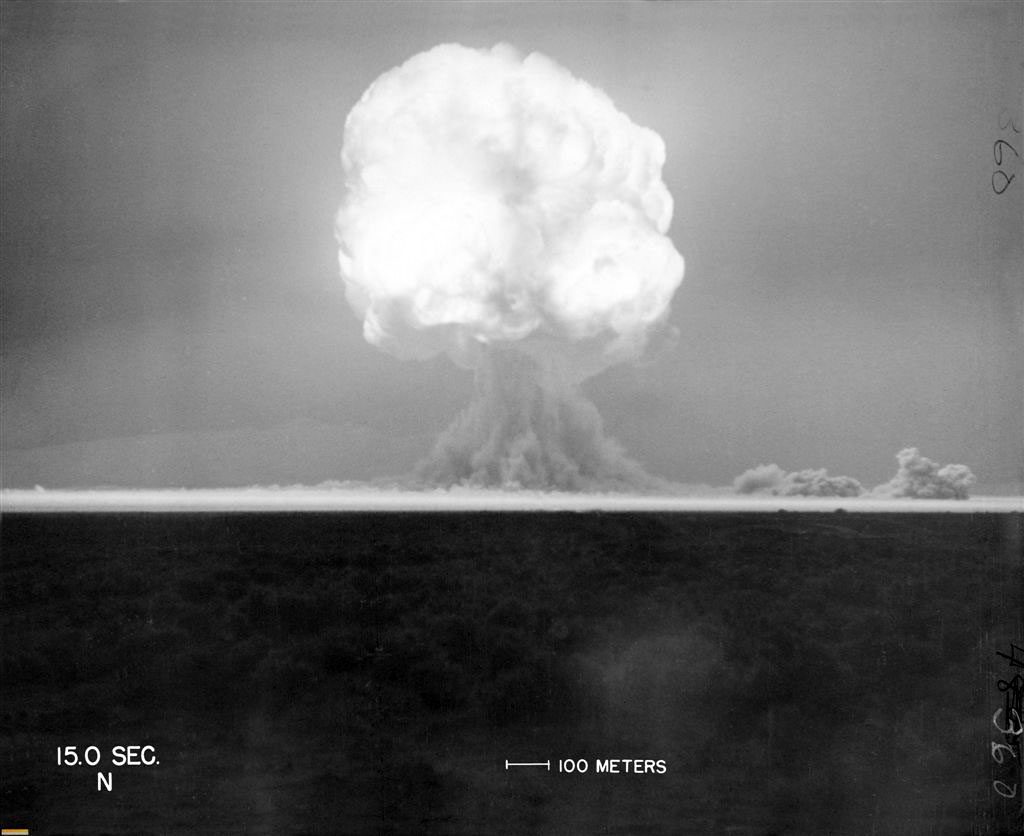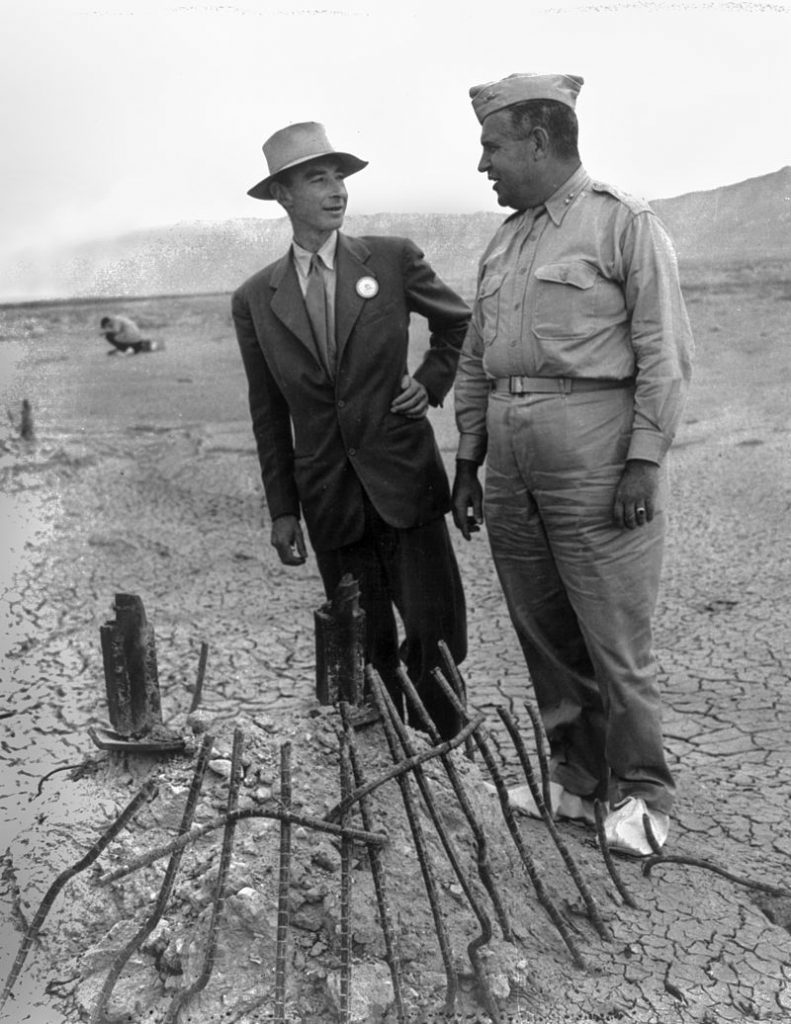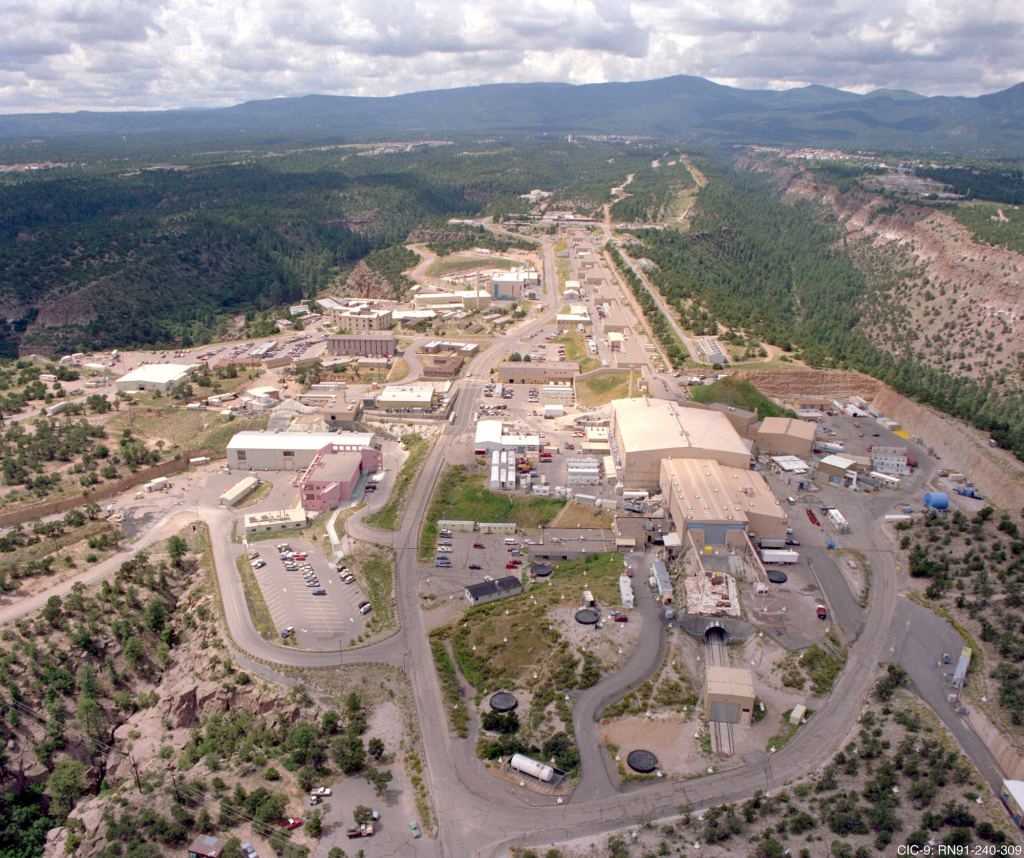More than fifty years after its final nuclear test, federal contractors are proceeding with a massive undertaking to clean up a site in New Mexico made famous by the “Manhattan Project.” The Los Alamos National Laboratory, which opened in 1943, was used to test and develop the atomic bombs that would later be dropped on Hiroshima and Nagasaki, Japan, during the final months of World War II. Projects to address this enormous environmental liability had been moving at a slow pace until last month.

In June, the New Mexico Environmental Department (NMED) and the U.S. Department of Energy (DOE) agreed on a Consent order to expedite all remaining work on legacy waste management from the laboratory. With this new Consent Order in place, federal contractors are now working on remediating the south facing slopes of the Los Alamos Canyons. Although this project involves a different type of contamination than the dry cleaning solvents we at EnviroForensics manage on a daily basis, there are similarities that we couldn’t help but notice.
Nuclear explosion tests at the site halted in 1965, and very little has been done up to this point to address the public health risks left behind by the years of nuclear testing. At the time of the nuclear testing, there wasn’t much known about the adverse effects of being exposed to high concentrations of radiation and nuclear fallout. As medical researchers eventually realized the dangers of these toxins, the concern for public health increased, as well as the necessity for a remedial solution. Similarly, PCE was once the leading solvent used in commercial dry cleaning. After 2007 when it was classified as a Group 2A carcinogen by the International Agency for Research on Cancer, it started losing momentum and began to be replaced by less toxic solvent alternatives. Like the nuclear scenario described above, commensurate health studies on PCE didn’t come until long after its widespread use. Past handlers of these toxic substances in both cases had no way of knowing their practices could have such long-lasting potential health effects.

The DOE has chosen excavation to help complete this part of the legacy waste cleanup. As we’ve mentioned in previous blogs, excavation is one of the most straight-forward ways to rid a Site of many contaminants, including PCE. Crews at the “Manhattan Project” site will dig in five separate zones in a 1 acre area along the south facing slopes, with the objective of removing 125 cubic yards of contaminated soil. Similar to the manner PCE contaminated soil is handled, the crews in New Mexico will prepare the soil and approve it for transport to a hazardous waste facility.
The south facing slopes of the Los Alamos Canyon is not considered a residential area, but the ultimate goal of this cleanup is to reduce the concentration of the contaminants (in this case Arsenic and Plutonium) to the EPA’s mandated “residential” levels. The hope is to redevelop the area around the Los Alamos National Laboratory site with commercial and residential real estate. Often times, the aim of a PCE site cleanup is also to remove the potential health risks for future tenants that have redevelopment on their minds.

NMED estimates the rest of the Los Alamos National Laboratory legacy cleanup will take another 19 years to finish and cost up to $3.8 billion. Chlorinated solvent cleanups often take years and cost hundreds of thousands or millions of dollars. In both cases, it seems an immediate or proactive approach is always the best way to go about addressing these problems. Quicker action leads to more cost-effective solutions and a healthier environment for all.



